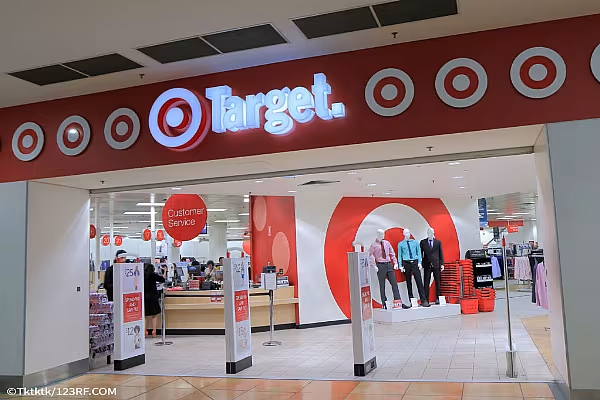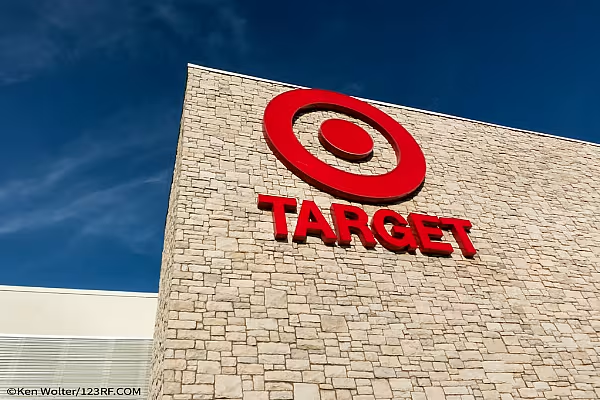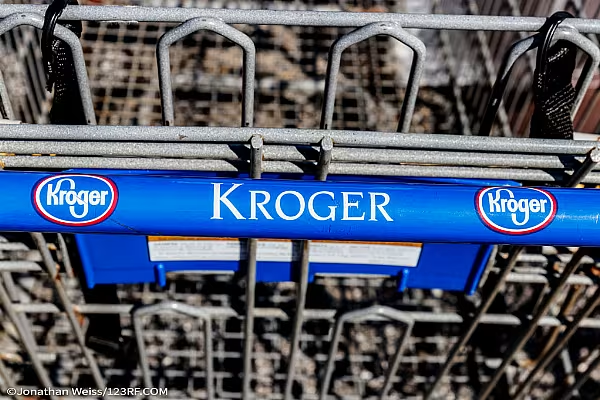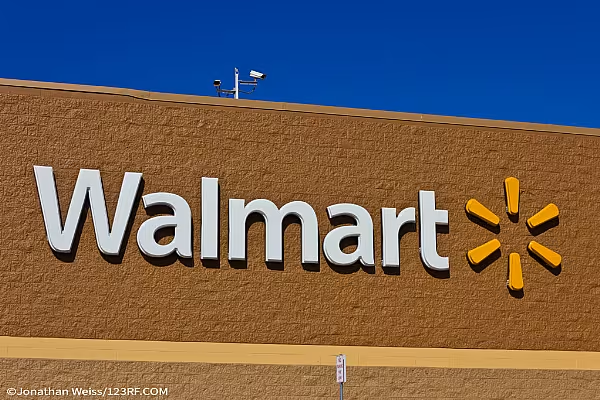Shopper foot traffic grew at Target during the recent holiday season compared with two years earlier, while visits to both Walmart and Best Buy stores fell overall, according to data provided exclusively to Reuters measuring shopper visits from 1 November to 25 December.
The store data could provide early clues to help investors separate winners from losers after a holiday season marked by the coronavirus pandemic and inventory shortages arising from a supply chain logjam.
Shopper traffic at Target stores rose 6.2% through the holiday period compared with two years ago, pre-pandemic, according to Placer.ai, a research firm that collects anonymised location data from 30 million mobile devices across the country. At rivals Walmart Inc and Best Buy Co Inc, traffic declined by 0.1% and 11.5%, respectively, the data shows.
Target, Walmart and Best Buy declined to comment.
Early Holiday Shopping
US November-December traffic was also eroded by people shopping earlier than usual in the 2021 holiday season.
Marshal Cohen, NPD Group’s head retail analyst, said traffic data is helpful to understand whether people are going to stores and making so-called impulse purchases that account for roughly 25% of retailers’ holiday sales.
Still, Cohen said that people worried about COVID-19 have changed the way they shop, increasingly going online which is 'a challenge' for some retailers.
According to Refinitiv I/B/E/S, Target’s holiday quarter sales are expected to rise by more than a third versus 2019, while Walmart’s revenue is forecast to rise by about 7% and Best Buy sales are expected rise by about 10%.
Target store traffic increased in every part of the country except Hawaii and Washington D.C., with footfall rising nearly 24% in Vermont and Idaho, compared with 2019, according to Placer.ai.
Despite Target’s strong holiday season traffic, the retailer's fourth-quarter profit margin is expected to narrow to 25.35% from 27.10% two years ago, due in part to supply-chain logjams.
Where People Shopped
Walmart traffic declined in 20 states – mostly coastal areas, with the retailer harder hit in Florida, New Jersey, Maryland and Delaware. It had higher traffic in several parts of the country, with shoppers going to its stores in many midwestern and southern states.
Best Buy’s footfall fell in all but four US states during the period. Analysts have said the electronics retailer was likely unable to source enough products, including TVs and consoles, amid a global chip shortage.
Traffic does not always reflect trends in sales. “It's very hard to draw a straight line between store traffic and total sales and retail,” said John Mercer, advisory firm Coresight Research’s head of global research.
Overall foot traffic to US stores fell each week from 1 November to 25 December compared with the same weeks in pre-pandemic 2019, according to data from Sensormatic.
"Ever since the COVID lifestyle began, Target has pretty much led the way,” Cohen said. “They’ve had fewer out-of-stocks; they were aggressive with promotions even when Amazon minimised them; they invested in private-label merchandise; they’ve been a leader in curbside and buy-online-pick-up-in-store."
News by Reuters, edited by ESM. For more Retail news, click here. Click subscribe to sign up to ESM: European Supermarket Magazine.














